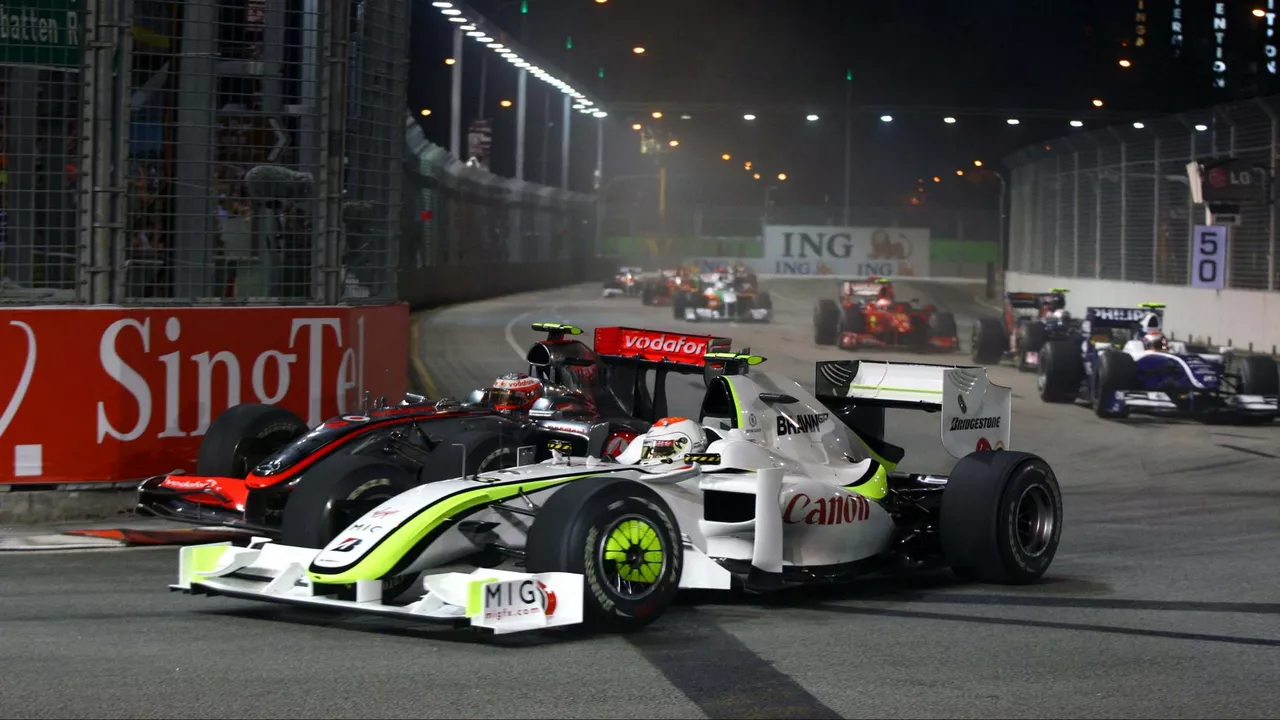Imitation: Why We Love Anything That Looks Like the Real Thing
Ever notice how a replica car can get your heart racing just like the original? That’s the power of imitation – it lets us experience the thrill without the full price tag or risk. On this page you’ll find a mix of stories that show how imitation shows up in sports, video games, movies, and even politics.
From the Track to the Screen – Imitation in Motorsports
Racing fans love the sound of a V‑max engine, but many settle for a high‑rev simulation. Articles like "Why did BMW quit Formula 1?" dive into how manufacturers swap real‑world engines for electric dreams, a kind of corporate imitation of the old‑school roar. The same idea pops up in our post about the fastest cars, where Indy and Formula 1 designs borrow each other's aerodynamics to push speed limits.
Even the grueling races we talk about – Dakar, Le Mans, Baja 1000 – inspire video‑game versions that mimic the harsh terrain and endless hours behind the wheel. Those digital replicas give everyday fans a taste of the real test without the desert sand in their shoes.
Copycat Culture in Games and Movies
When Silent Hill F dropped, reviewers praised its “psychological depth,” but they also noted the game leans on classic horror tropes. That’s imitation at work: taking familiar scares and remixing them for a new audience. The same pattern appears in the live‑action LEGO Ninjago movie news, where a beloved toy line gets a Hollywood makeover.
Even outside entertainment, imitation shows up in politics. Our piece on Ireland, Spain, and Norway recognizing Palestine shows how one country's move can spur similar actions elsewhere – a diplomatic copy‑cat effect that reshapes global conversations.
What ties all these stories together is a simple idea: imitation lets us test, learn, and enjoy without the full commitment. Whether you’re dreaming of a race car or replaying a spooky hallway, a good imitation can feel just as real.
So, why does imitation matter? First, it lowers barriers. A kid who can’t afford a full‑size supercar can still feel the rush in a video game. Second, it preserves heritage. Classic car designs live on in modern electric models, keeping the spirit alive for new fans. Third, it sparks innovation. By copying the best parts of an idea, creators can tweak and improve it, leading to fresh experiences we didn’t expect.
Looking through the posts on this tag, you’ll see how imitation fuels conversation, sparks debate, and keeps the excitement rolling. From the shock of Marseille beating PSG to the question of whether a Le Mans driver can jump into Formula 1, each article reflects a moment where something familiar is re‑imagined.
Ready to explore? Click through the list of articles and see how imitation shapes the world of racing, gaming, and beyond. You might find a new perspective on why copying isn’t always a bad thing – it’s often the first step to something better.

Why doesn't IndyCar imitate Formula 1 more to be as popular?
As an avid racing fan, I've often wondered why IndyCar doesn't follow Formula 1's footsteps to gain more popularity. While both racing series boast impressive speed and technology, it's clear that Formula 1 has a more extensive global reach. One reason could be that IndyCar focuses on developing local talent, whereas Formula 1 showcases international drivers, attracting a broader audience. Additionally, the marketing strategies and race locations of Formula 1 are more geared towards luxury and exclusivity, drawing in more viewers. In conclusion, IndyCar could consider adopting some of Formula 1's tactics to increase its popularity, but must also maintain its unique identity to differentiate itself in the world of motorsports.